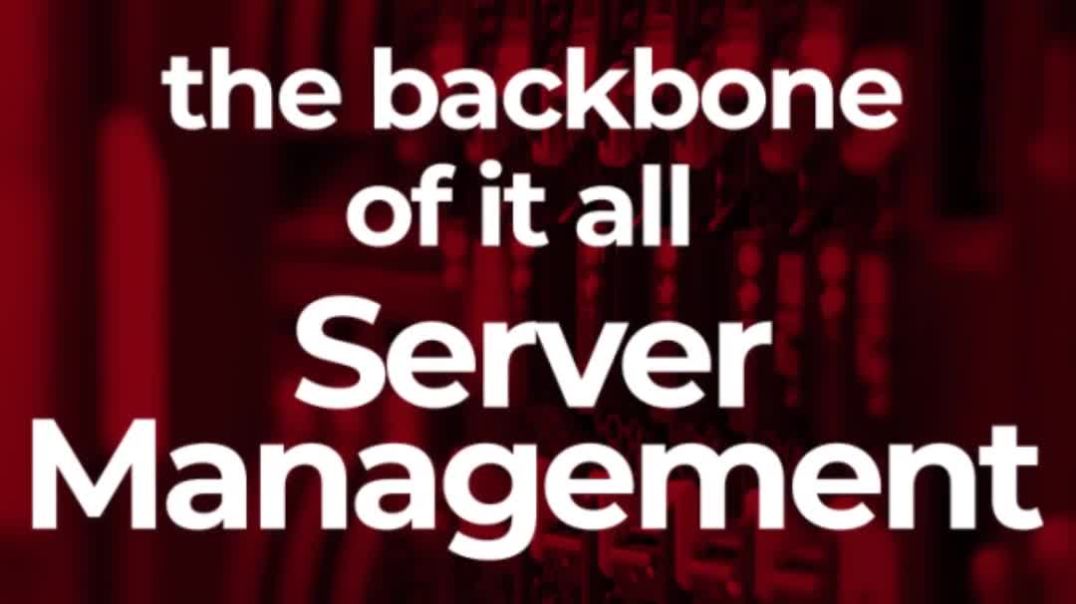Server Management
Server management encompasses the tasks and processes involved in overseeing and maintaining server infrastructure. It includes monitoring, configuring, securing, and optimizing servers to ensure they operate smoothly and efficiently.
Importance of Server Management:
Servers form the backbone of IT infrastructure, hosting applications, websites, databases, and more. Effective server management is crucial for:
Performance: Ensuring servers operate at peak performance levels to handle user demands.
Security: Protecting data and applications from unauthorized access and cyber threats.
Reliability: Minimizing downtime and ensuring continuous availability of services.
Scalability: Facilitating growth and expansion by optimizing server resources.
Key Aspects of Server Management:
Monitoring and Performance Tuning: Regular monitoring of server metrics like CPU usage, memory utilization, disk space, and network performance to identify and resolve bottlenecks.
Security Management: Implementing robust security measures such as firewalls, encryption, access controls, and regular security audits to protect against vulnerabilities and attacks.
Backup and Disaster Recovery: Establishing backup protocols and disaster recovery plans to safeguard data and minimize downtime in case of hardware failure or cyber incidents.
Patch Management: Keeping servers updated with the latest security patches, software updates, and firmware upgrades to address vulnerabilities and improve performance.
Resource Allocation: Optimizing server resources (CPU, memory, storage) to meet application demands efficiently and cost-effectively.
Tools and Technologies for Server Management:
Explore essential tools and technologies to streamline server management tasks:
Monitoring Tools: Nagios, Zabbix, and Prometheus for real-time monitoring and alerting.
Automation Tools: Ansible, Puppet, and Chef for automating configuration management and deployment.
Security Tools: Security Information and Event Management (SIEM) tools like Splunk and ELK Stack for threat detection and incident response.
Backup Solutions: Veeam, Acronis, and Backup Exec for reliable data backup and recovery.
Virtualization Platforms: VMware, Hyper-V, and KVM for creating virtual environments to maximize server efficiency.
Best Practices for Effective Server Management:
Regular Maintenance: Perform routine maintenance tasks such as updates, patches, and system checks to prevent issues.
Documentation: Maintain comprehensive documentation of server configurations, procedures, and troubleshooting steps for reference.
Capacity Planning: Monitor resource usage trends and plan for future capacity needs to avoid performance degradation.
Disaster Preparedness: Test backup and recovery procedures regularly to ensure data integrity and minimize recovery time objectives (RTOs) during emergencies.
Compliance and Regulations: Adhere to industry regulations and compliance standards (e.g., GDPR, HIPAA) to protect sensitive data and maintain legal requirements.
Challenges in Server Management:
While server management offers substantial benefits, challenges include:
Complexity: Managing diverse server environments with varying configurations and requirements.
Security Risks: Mitigating evolving cybersecurity threats and maintaining data privacy.
Cost Management: Balancing infrastructure costs with performance and scalability needs.
Skill Requirements: Acquiring and retaining skilled IT professionals capable of managing complex server environments.





















